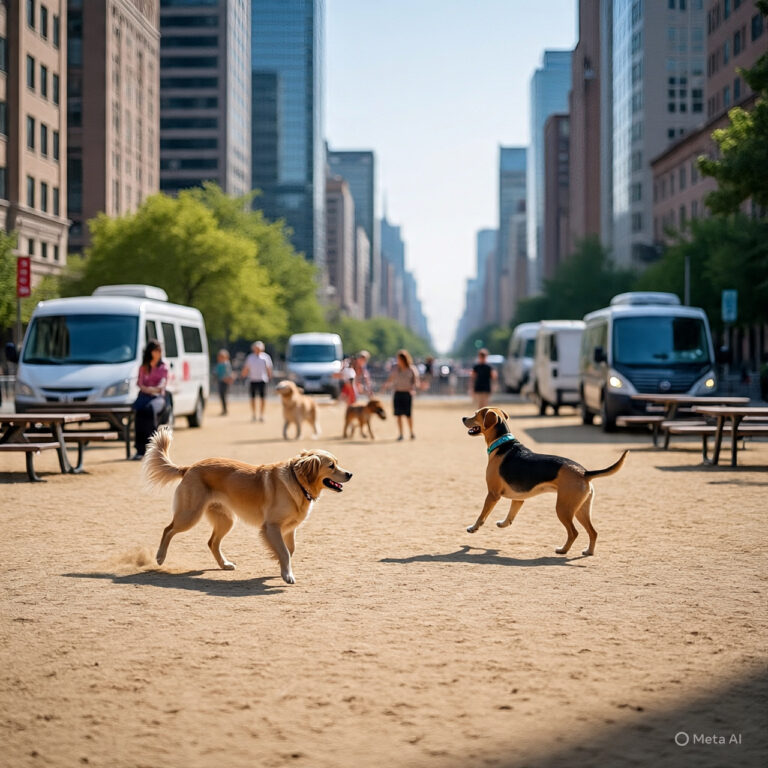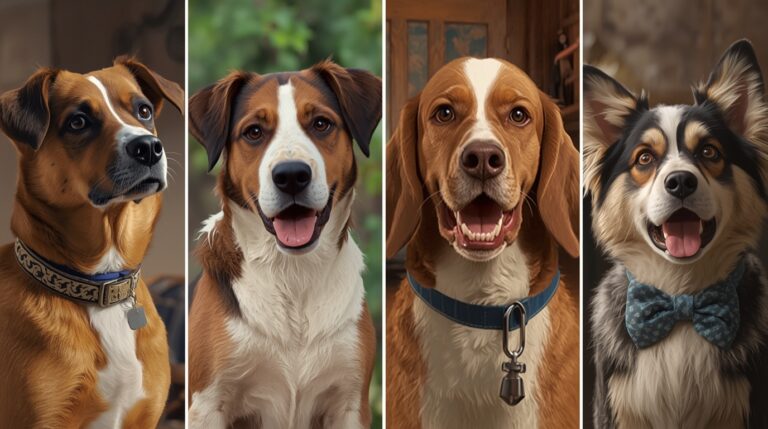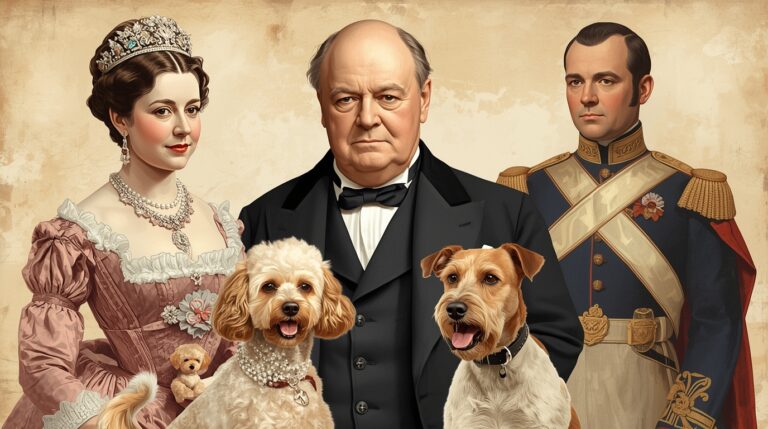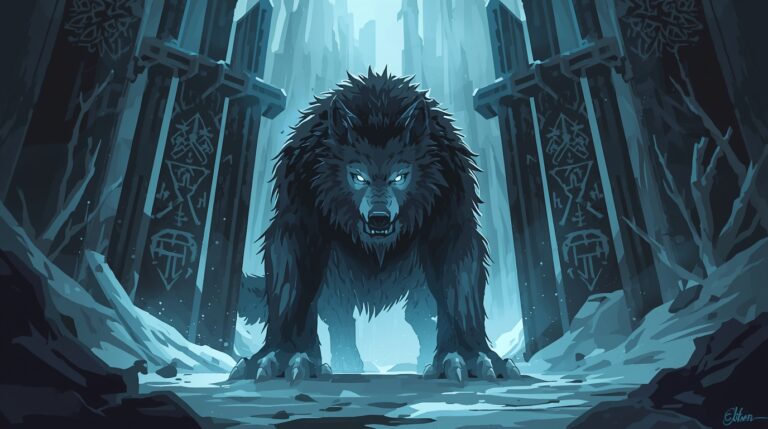Role of the Kennel Club and Breed Standards

What Is a Kennel Club?
A kennel club is an organization that registers, classifies, and promotes dog breeds, typically focusing on purebred dogs. These clubs:
- Maintain breed registries
- Establish official breed standards
- Sanction conformation and performance shows
- Support canine health and welfare initiatives
The Origin of The Kennel Club (UK)
Founded in 1873, the Kennel Club (KC) in the United Kingdom is the world’s first national canine registry.
- Prompted by the first organized dog show in 1859
- Aimed to bring uniformity and ethics to dog showing and breeding
- Initially focused on sporting breeds, expanding to companion dogs over time
The American Kennel Club (AKC) and Its Influence
Established in 1884, the AKC mirrors the goals of the KC but tailored to American culture and breeds.
- Registers over 200 recognized breeds
- Hosts events like the Westminster Dog Show
- Offers programs for performance, obedience, and agility
Fédération Cynologique Internationale (FCI)
The FCI, founded in 1911, is the international umbrella organization that includes 98 national kennel clubs.
- Recognizes over 350 dog breeds worldwide
- Creates harmonized breed standards
- Assigns breeds to 10 groups based on function and origin
Why Breed Standards Matter
Breed standards ensure that:
- Dogs consistently represent their breed type
- Functional traits are preserved (hunting, guarding, herding)
- Temperament remains stable and predictable
For example, a Border Collie must demonstrate not only physical traits (ears, coat, stance) but also mental sharpness and work ethic.
also read this The History of Dog Breeds
Understanding a Breed Standard
Each breed standard outlines:
- Height and weight
- Skull shape, ear carriage, and tail position
- Coat length, texture, and color
- Gait, stance, and attitude
- Temperament traits such as friendliness, alertness, or aloofness
These become the criteria by which show dogs are judged.
How Standards Are Created
Breed standards are developed by:
- Breed clubs, composed of passionate breeders
- Input from historians, veterinarians, and judges
- Approved by national or international kennel clubs
Conformation Shows and Their Role
Conformation shows evaluate dogs not against each other, but against how closely each conforms to the ideal standard.
Famous events:
- Crufts (UK) — World’s largest dog show
- Westminster Kennel Club Dog Show (USA) — Oldest in America
Dog Classification Systems
Kennel clubs categorize breeds into functional groups, such as:
- Herding Group: Border Collie, German Shepherd
- Working Group: Boxer, Rottweiler
- Toy Group: Chihuahua, Pomeranian
- Sporting Group: Labrador Retriever, Cocker Spaniel
- Non-Sporting Group: Bulldog, Dalmatian
Registration and Pedigree Tracking
Dogs registered with a kennel club receive:
- Official papers
- Pedigree charts tracing ancestry
- Access to competitive and breeding privileges
Only dogs from registered parents qualify as purebred.
Breed Clubs and Their Authority
Every breed has a parent breed club, such as:
- Golden Retriever Club of America (GRCA)
- British Bulldog Club (UK)
These clubs maintain the breed’s integrity and act as advisory bodies to kennel clubs.
The Evolution of Standards Over Time
Some breed standards have evolved to:
- Address health concerns
- Modernize appearance
- Reflect changing purposes (e.g., from hunting to companionship)
Example: German Shepherds originally bred for herding now excel in law enforcement and service work.
Health and Ethics in Breed Standards
Modern kennel clubs are shifting focus toward:
- Breeding for health, not just looks
- Disqualifying dogs with genetic deformities or hereditary illnesses
- Promoting functionally sound anatomy
The Controversy Around Breed Conformation
Critics argue:
- Some breeds are overbred for show aesthetics
- Exaggerated features cause suffering (e.g., Pugs with breathing issues)
- Shows reward form over function
Kennel clubs now face pressure to update standards for animal welfare.
Breed Standards and Genetic Bottlenecks
Narrow breed standards often lead to:
- Reduced gene pools
- Increased inbreeding coefficients
- Higher risk of recessive diseases
Calls for outcrossing programs and genetic diversity inclusion are growing louder.
Kennel Clubs and Canine Welfare Policies
Most reputable kennel clubs now require:
- Health testing before breeding
- Bans on extreme traits
- Registration refusal for puppy mill practices
They also fund research and public education on dog health.
Breed Recognition Process
To be recognized, a breed must:
- Have a documented lineage
- Possess a stable gene pool
- Be supported by a national breed club
- Participate in observational and exhibition events
It can take decades to gain full recognition.
Designer Dogs and the Kennel Club Stance
Breeds like Labradoodles and Pomskies are not recognized due to:
- Hybrid status
- Lack of multi-generational stability
- Breeding driven by fads, not standards
Kennel clubs favor breeds with long-term purpose and consistency.
Mixed Breed Dogs and Limitations of the System
Mixed-breed dogs are often excluded from:
- Conformation shows
- Breed-based awards
However, they can compete in:
- Agility, obedience, and rally
- AKC Canine Partners and KC Companion Dog Club
Kennel Clubs in Popular Culture
Events like Crufts and Westminster receive international TV coverage, influencing:
- Breed popularity spikes
- Public perception of what “ideal dogs” look like
- Social media trends (e.g., the rise of the French Bulldog)
International Differences in Standards
Same breed, different standards:
- German Shepherd (UK) vs. German Shepherd (AKC) — structural differences
- Color acceptance varies by region
- FCI assigns breeds to specific countries of origin
Challenges Facing Kennel Clubs Today
Issues include:
- Lack of transparency in judging
- Resistance to genetic diversity
- Pressure to reform outdated breed standards
Progressive voices are demanding evidence-based, health-first updates.
Future of Breed Standards and Registries
Emerging trends:
- Incorporating genetic screening into registration
- Developing unified global standards
- Shifting toward functional soundness over cosmetic perfection
Conclusion: The Stewards of Canine Heritage
Kennel clubs and breed standards are the architects of the dog world — curators of tradition, regulators of health, and influencers of public opinion. While not without controversy, their evolving role remains critical in preserving, protecting, and perfecting the breeds we love.





